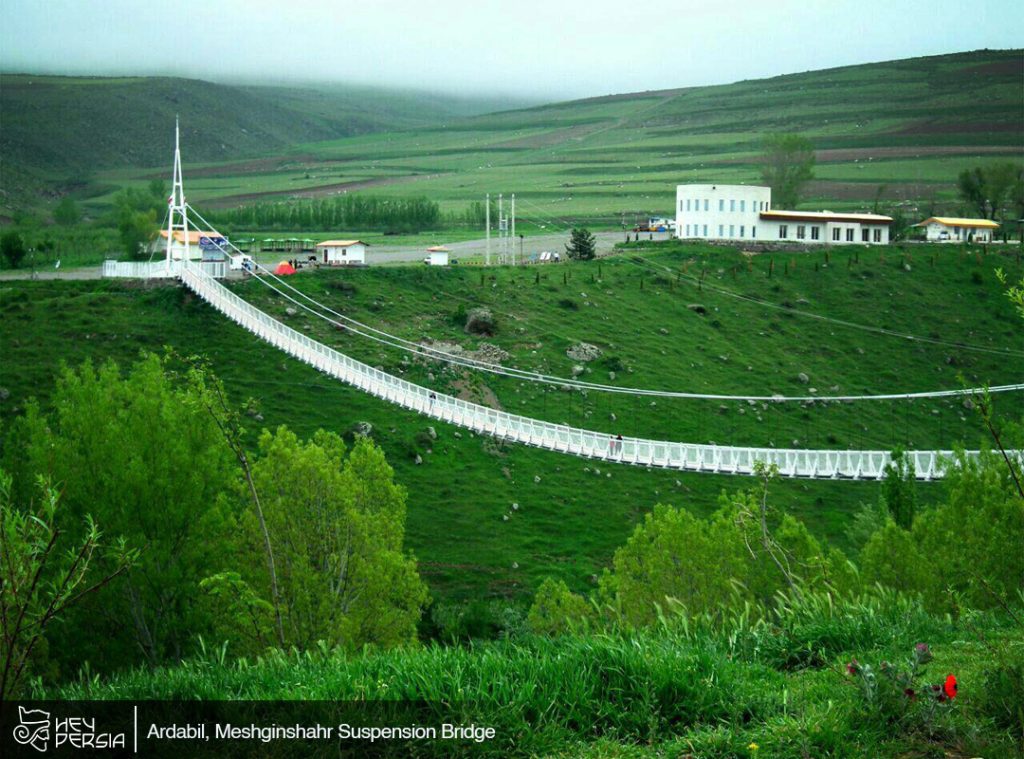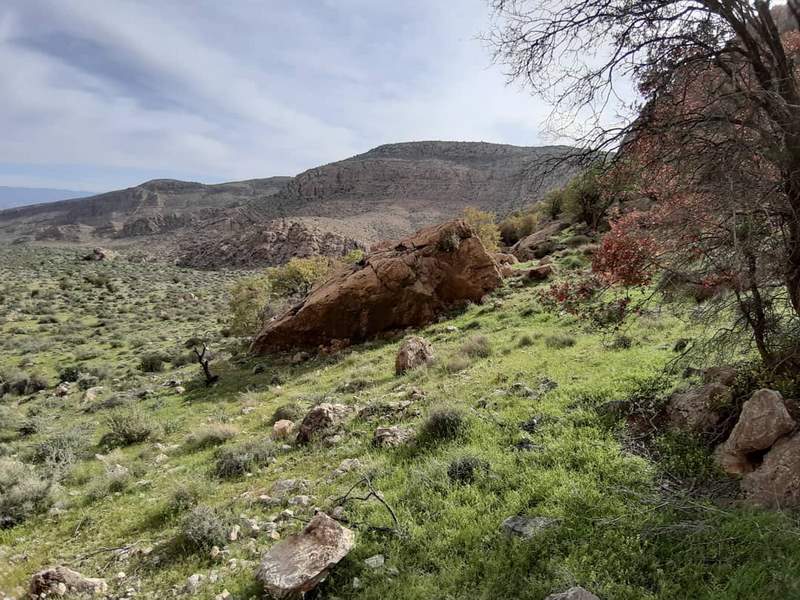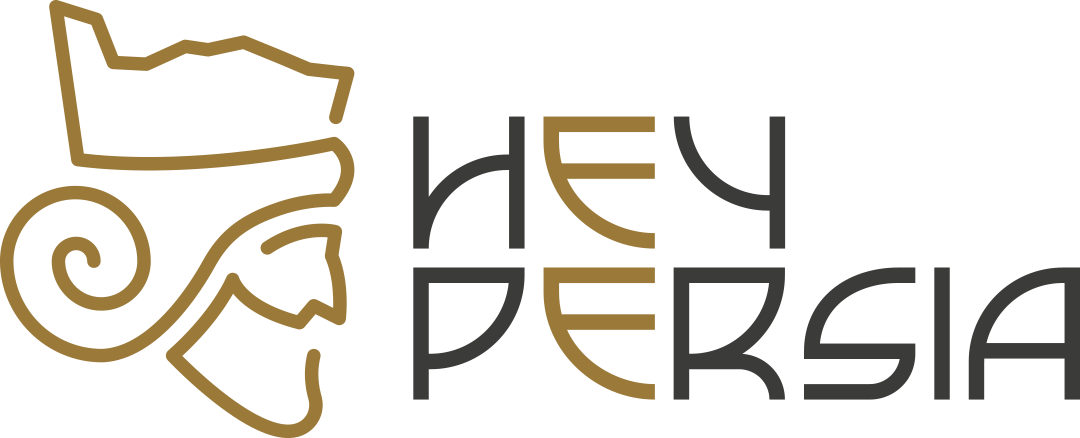Maybe after hearing the news of the presence of 50 Iranian leopards in the Saluk National Park in Iran and Protected Area, you will be excited and want to know where this unique and pristine area is located in Iran? Join us in Hey Persia blog to get complete information about this pristine area.
Where is Saluk National Park and Protected Area?
Saluk National Park is located 20 km from Esfrayen city and 30 km southwest of Bojnord city in North Khorasan province. To access the Saluk National Park and Protected Area, you must travel to Bojnord city and continue your journey from there on the Bojnord-Esfrain road. Finally, after traveling a distance of about 30 kilometers, you will reach Saluk.
Learn more about Saluk National Park and Protected Area!
Saluk Park with an area of 11,677 hectares was as a protected area since 1352. Its eastern part with an area of 8231 hectares was as Saluk National Park in 2002 after three decades. In terms of geomorphology, Saluk National Park consists of two mountainous and plain parts. The height difference between the lowest part of the plain and the highest mountain part is about 1510 meters. This height difference has caused biodiversity in Saluk region.
Saluk National Park in Iran with an altitude range of 1150 to 2170 meters has 280 mm of annual rainfall. The climate of this 8,200-hectare semi-arid region is moderate. Compared to the national park, the protected area of Saluk is located at a higher altitude and its altitude ranges between 1140 and 2780 meters. This 11,000-hectare area has the same temperature and climate as Saluk National Park.

What is the status of water resources in the protected area and Saluk National Park?
Saluk National Park has 15 permanent springs that flow as streams in the area. This area has a good water condition. The source of the water resources of Saluk region starts from the northern heights and continues towards the south and finally sinks into the alluvium.
Vegetation of Saluk National Park and Protected Area
Saluk National Park is very diverse and rich in terms of vegetation. In this area, the herbaceous plant is the dominant species. Dermene are in both plains and mountains in different parts. In addition to Dermene, 2 plants Mirhasan and Goon are also dominant species that are mainly in the northern mountains. In the valleys of the region, there are and thin juniper forests.
After juniper, hawthorn, barberry and wild nasturtium, anguze, coma, barijeh, fig and wild tomato are among the forest shrubs of Saluk Efrain National Park. In fact, at first the whole area was covered with juniper trees. But after the destruction of juniper forests, hawthorn trees replaced them, and after the destruction of hawthorn trees, wild nestling and barberry shrubs were replaced, after them, Goon and Kolah Mirhasan, with their destruction, the desert replaced all the previous plant species.
Saluk Castle
One of the historical attractions of the region is Saluk Castle, which surrounds the national park like a strong fortress. This one-hectare fort was built in the 7th century AH and inside it there are remnants of weapons such as food storage, grain, prison, commander’s residence, etc.

Vegetation of Saluk National Park
The dominant vegetation of Saluk National Park is desert, and in the mountainous parts, scattered juniper forests.
The status of the animal cover of Saluk National Park and Protected Area
There are more than 100 animal species in Saluk National Park, the most important of which are:
Saluk mammals
In the pristine area of Saluk, Uryal rams and sheep are abundant and animals such as deer, deer, goats, leopards, wild cats and otter are very rare. In the past, the bear was also one of the most populated animals in the region, but today it is not possible to speak decisively about the presence of this animal in the region. Wild boars are more common in the northern mountains, wolves, jackals and foxes are more common in all places, and hyenas are more common in the southern hills.
The most important deer habitat in North Khorasan is Saluk National Park. In such a way that 70% of North Khorasan Ahwans live in this area. Pallas’s cat, Persian hedgehog, desert hedgehog, squirrel, gray hamster, Khorasani biped, rabbit, jackal, fox, mink and otter are also other mammals of the region. There are about 200 deer in Saluk National Park. There are many birds in Saluk National Park and Conservation Area. The reason for that is the existence of two types of mountain and plain ecosystems in the region.
Saluk National Park in Iran
This time, we at Hey Persia tourism magazine tried to introduce you to another spectacular and unspoiled attraction of Iran in North Khorasan province. Due to its variety of plant and animal species, the existence of the Saaluk historical monument and suitable access ways, this area is a suitable space for various tourism activities.
Hey Persia tourism magazine has been launched with the aim of getting to know more Iranians who are enthusiastic and interested in this land and water. If you also want to know more about our vast country, you can register on Hey Persia website and learn about the most important events and tourist places of our country.





